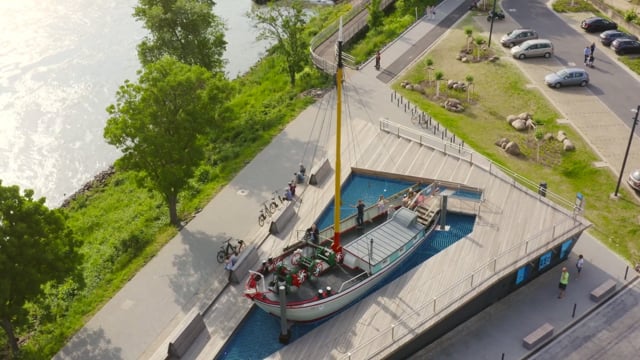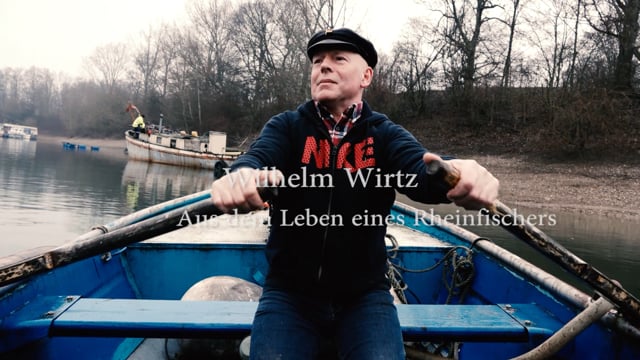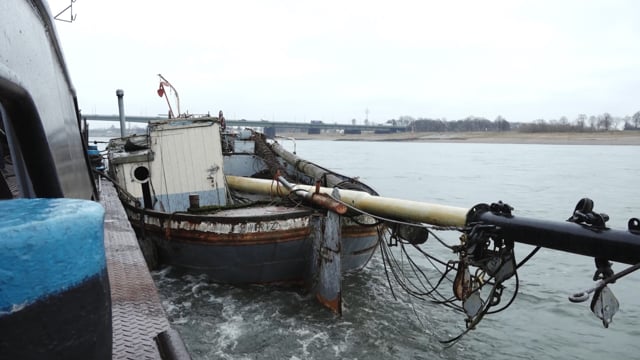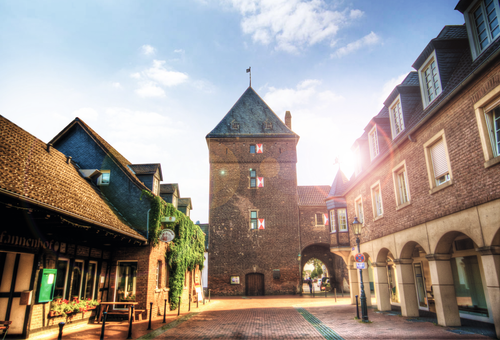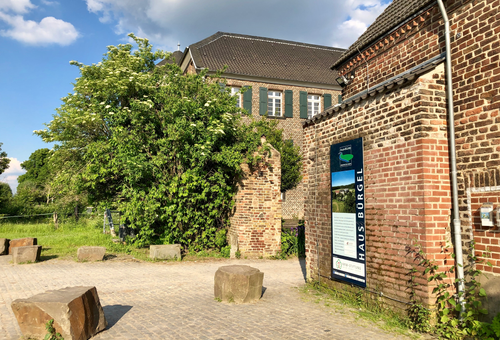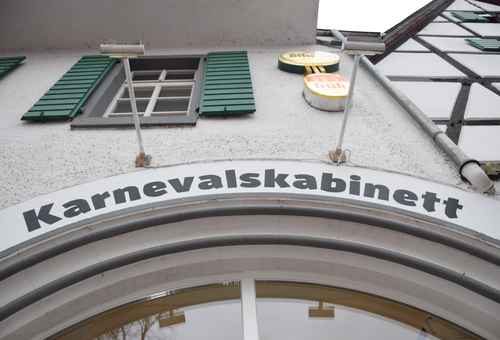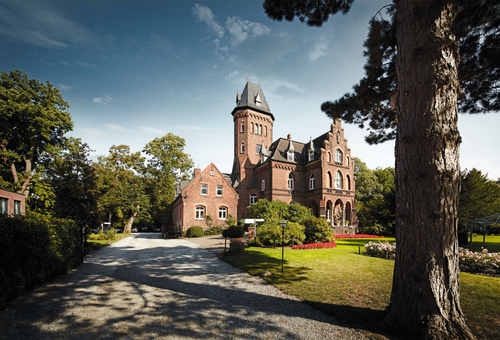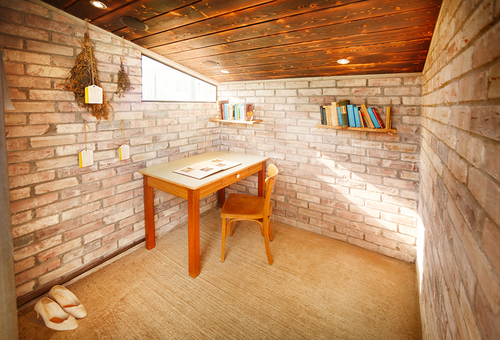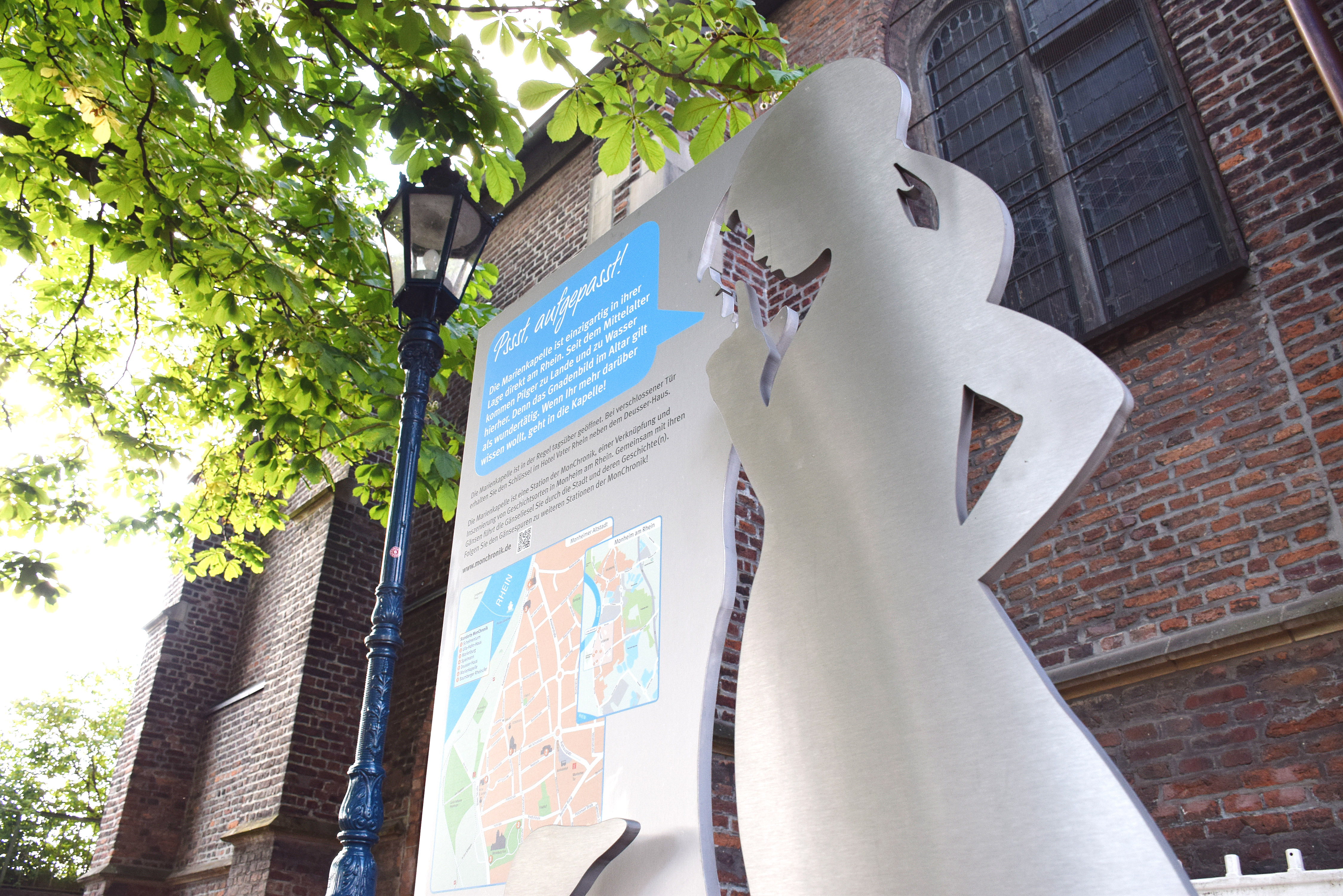
Fiat Voluntas — Eel Fishing Museum in the Aalschokker fishing boat
Museum on the historic ship on the Rhine
Directly on the Rhine is where you’ll find the elevated, historic eel fishing boat called “Fiat Voluntas.” The ship houses the Eel Fishing Museum with an interactive exhibition. On board, you can experience the history of the Rhine fishing industry and everyday life on an eel fishing boat. Take a look in the cooking pot or browse through the living manuscript!
How were eels caught? How did the fishermen and their families live? And how did the ship get on a record cover of the local punk rock band Die Toten Hosen? Get answers to all these questions on and below deck.
This exhibition booklet offers English explanations and translations and will assist you with your visit.
Download: Brochure Fiat Voluntas (4,6 MB)
The tradition of eel fishing
For a long time, the catching and smoking of eels and other fish was an important industry in the town. The eels were caught in a special kind of boat, the “Aalschockker,” as they swam downstream past Monheim am Rhein on their way to the open sea. From May to November, fishermen were on the Rhine during the hours of darkness to make a big catch and then sell it. But with industrialization along the Rhine, the water quality became increasingly worse, which led to a dramatic decline in the number of fish there in the middle of the 20th century – and ultimately to the end of the professional Rhine fishing industry in Monheim am Rhein.
Where eels were once smoked
Until the 1990s, there were still several smokehouses in Monheim am Rhein, including one on Klappertorstrasse in Baumberg, right next to the museum ship that stands elevated on dry land there today. Here, where eels were once smoked, you will now find the Eel Fishing Museum, an interesting excursion destination in a beautiful location on the Rhine.
Opening hours, address and parking options at the Eel Fishing Museum
Here you can find all information regarding the Eel Fishing Museum at Monheim am Rhein.
Films about the Aalschokker, the eel fishing boat
Would you like to learn more about the museum and the fishing industry on the Rhine? Or would you like to accompany the boat “Fiat Voluntas” on its last voyage before it went ashore for good in Monheim am Rhein?
Then we hope you enjoy watching our films (please click on the CC button to activate the subtitles).
Would you like to learn more about the museum and the fishing industry on the Rhine? Or would you like to accompany the boat “Fiat Voluntas” on its last voyage before it went ashore for good in Monheim am Rhein?
Then we hope you enjoy watching our films (please click on the CC button to activate the subtitles).
Our Mon-Chronik sites
The Eel Fishing Museum is open daily form 10:00 a.m. to 6:00 p.m.
The area around the Aalschokker and many of the information boards are wheelchair-accessible. However, for structural reasons, a ramp with a steep incline leads to the deck, followed by a narrow staircase into the interior of the Aalschokker. There are two interactive stations with an audio track in the Eel Fishing Museum, which are also interesting for people with visual impairments. There are two disabled parking spaces in the parking lot next to the Eel Fishing Museum.
The admission is free.
The Eel Fishing Museum is perfect for children. It offers several interactive elements inside and outside, which are also designed for children. In addition, a talking pot tells of the life and cooking of the fishermen.
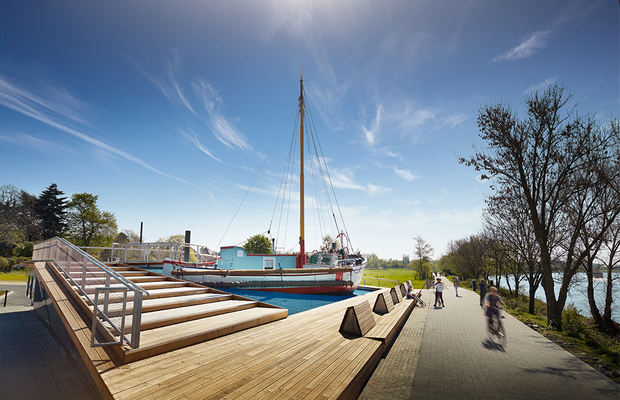
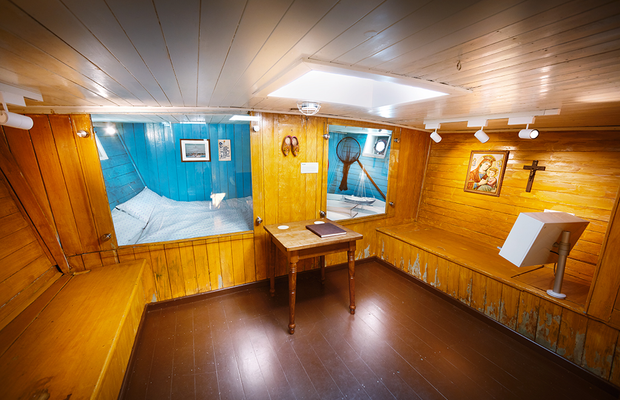
.jpg?type=monheim-entdecken-bildergalerie)
.jpg?type=monheim-entdecken-bildergalerie)
.jpg?type=monheim-entdecken-bildergalerie)
.jpg?type=monheim-entdecken-bildergalerie)
.jpg?type=monheim-entdecken-bildergalerie)
.jpg?type=monheim-entdecken-bildergalerie)
.jpg?type=monheim-entdecken-bildergalerie)
.jpg?type=monheim-entdecken-bildergalerie)
